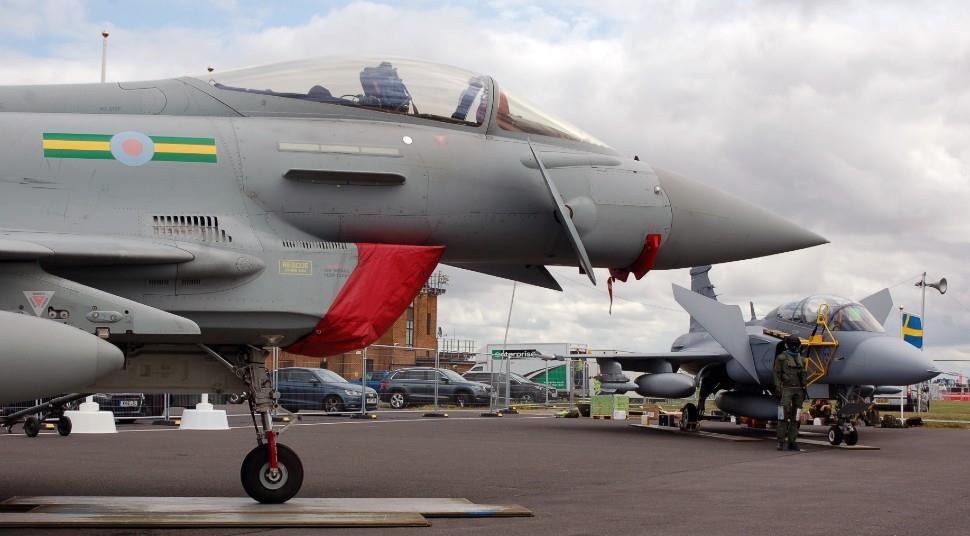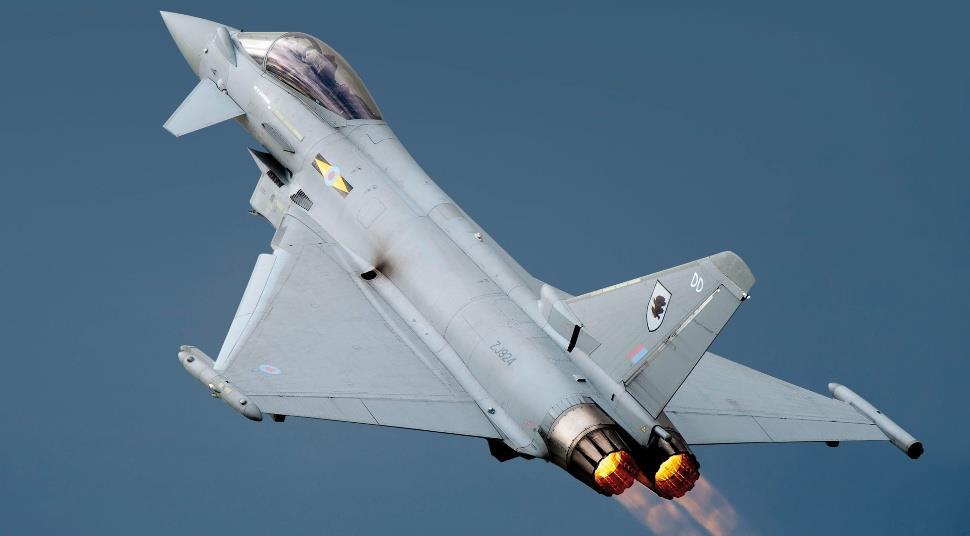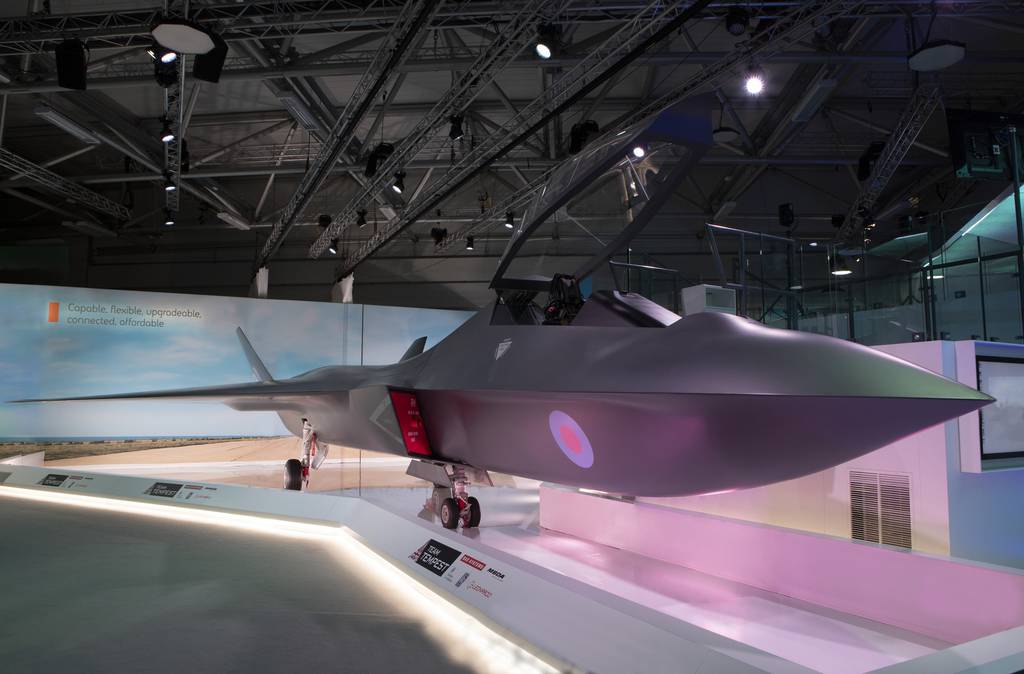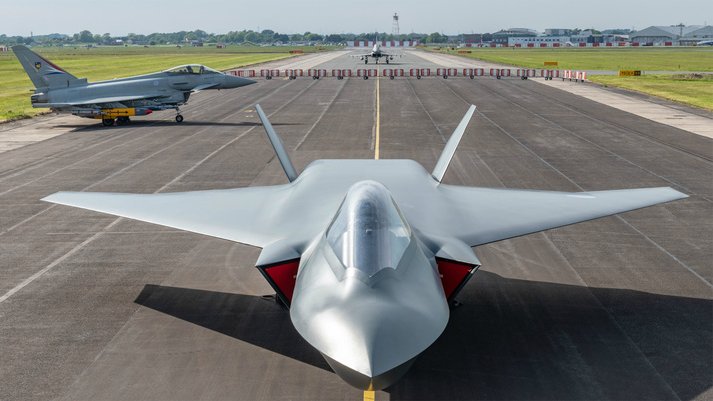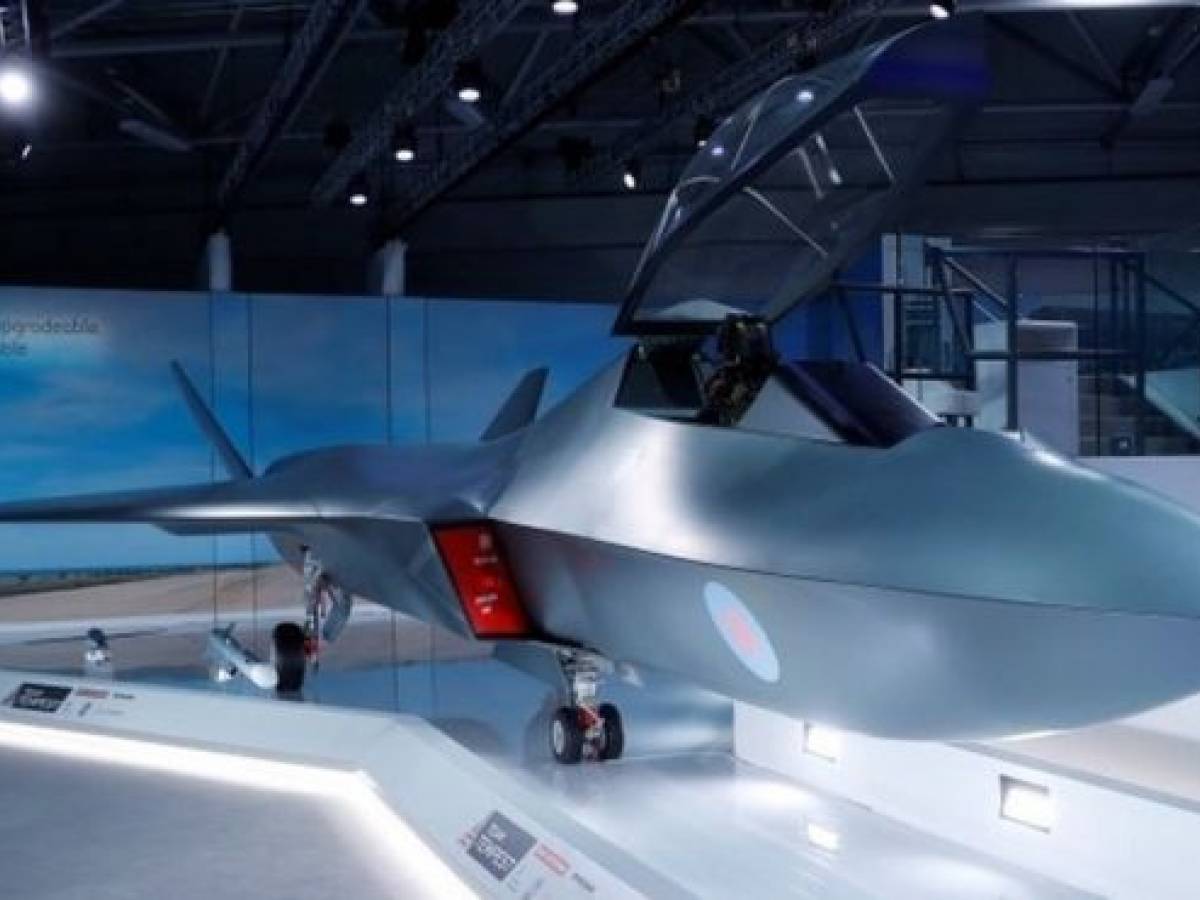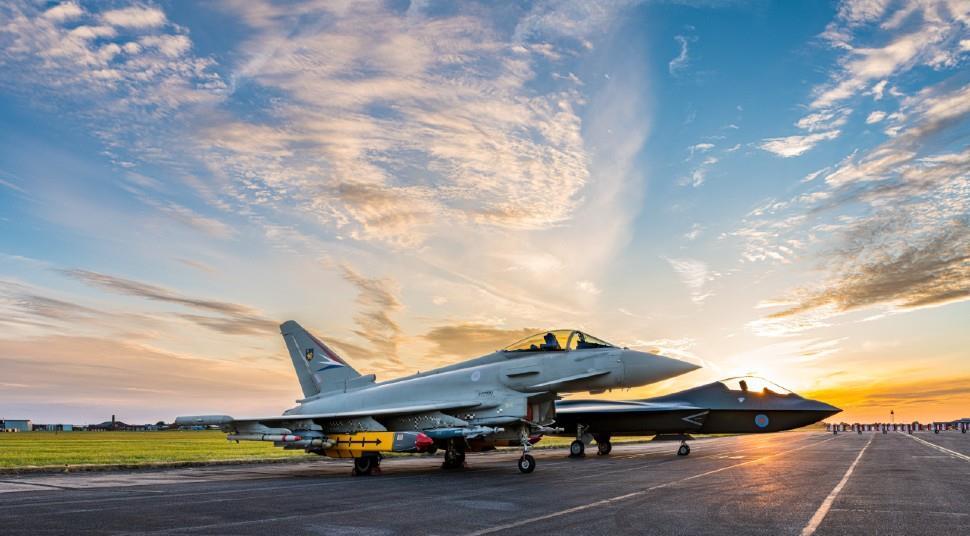Trump pressures Tokyo to choose US fighter jet over rival BAE
Japan is looking at UK company to develop an alternative to its F-2 aircraft
A deal to replace Japan's F-2s would be worth tens of billions of dollars © AP
Demetri Sevastopulo in Washington and
Robin Harding in Tokyo 3 hours ago
The Trump administration is pressuring Japan to choose a US defence company to develop jointly a replacement for its F-2 fighter jets as Tokyo considers a British alternative to cut its reliance on American weapons.Pentagon officials have stepped up talks with Japan amid concerns the US could lose out to BAE Systems, the UK defence contractor developing a sixth generation Tempest stealth fighter, according to three people familiar with discussions about the F-3 programme.Tokyo wants to replace its F-2s when they retire from around 2035 and plans to start development next year, in a deal that would be worth tens of billions of dollars. It is considering three options: collaborating with BAE; working with Lockheed Martin, the US maker of the F-22 and F-35 jets; or developing a plane domestically.The US air force is worried that choosing a UK fighter would create interoperability issues. American officials are also concerned that opting for a British jet would anger President Donald Trump, just as Washington and Tokyo are engaged in tough talks about how much each should pay towards maintaining their alliance.The US stunned Japan in July when it said it would request a fourfold increase to $8bn when the allies renegotiated the “special measures agreement” that determines their contributions.
Eric Sayers, a Japan expert at Beacon Global Strategies, an advisory firm, said Japan would be making its fighter jet decision just as tensions “could be boiling” over cost sharing. “Tokyo should be able to make its own sovereign decision about which option . . . to replace the F-2,” he said. “But President Trump has a record of taking a transactional approach to alliances and the Abe government should not expect he will view the special measures agreement negotiation and this large procurement decision as separate.” Mr Trump has made Japan — and his own military officials — nervous by threatening to withdraw troops unless Tokyo pays more. He has also frequently touted Japanese purchases of US weapons in his meetings with Prime Minister Shinzo Abe. Taro Kono, the Japanese defence minister, recently told the Financial Times that he was open to collaboration with a European programme such as Tempest, underlining the concerns in Washington. One senior US defence official stressed that Japan should view interoperability as “a significant factor” to consider. “Because of the importance of the alliance and the current security dynamics in the region, we would obviously prefer the Japanese work with the US on their future fighter programme,” the official said. “There are a few examples of going it alone that have taken too long, cost too much and not done much for interoperability.”
Michael Green, a former top White House official with close ties to the Abe administration, said the Pentagon’s lobbying was paying dividends after Tempest gained early momentum. “The US government is organising itself around a campaign for an American fighter. And in the Japanese government, some of the big pieces have shifted so that the momentum is shifting towards a capabilities-based decision which would benefit a design based on an already existing US platform,” said Mr Green. “But it is not over. The momentum could shift back since there are lots of variables.” Japan has long dreamt of building a domestic aircraft to match its famous second world war-era Zero fighter. The project to build its own plane gained urgency last year when Mr Abe opted to buy 105 fully-assembled F-35s from the US. One Japanese executive said that had left local industry desperate for a new fighter programme to work on. The US has proposed jointly developing a fighter based on the F-35 and F-22. But it would limit the use of Japanese technology, resulting in a “black box” fighter with no access to the source code required for independent upgrades — something the Japanese air force would like and many lawmakers consider essential to sovereignty. “The most important thing for a future fighter aircraft is capability,” said Itsunori Onodera, a Diet member and two-time defence minister. “Then there is data links, including to US networks. And then it is also necessary to have freedom to upgrade.” Mr Onodera said Japanese industry did not have the capability to go it alone and the cost per unit of building exclusively for the domestic market would be prohibitive. He added the similar timeline of the Tempest made collaboration with the UK a “reasonable possibility” but the decision would depend on capability, cost and the potential for upgrades. The decision will be up to Mr Abe, who will have to choose between independent technology and nationalist hopes or the US alliance and his prized relationship with Mr Trump.
Follow Demetri Sevastopulo and Robin Harding on Twitter: @dimi and @RobinBHarding

